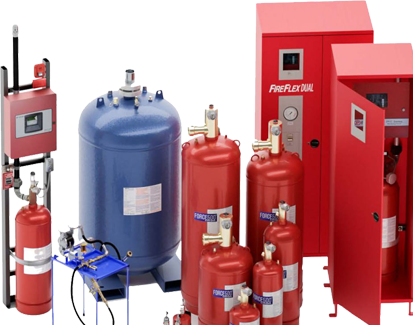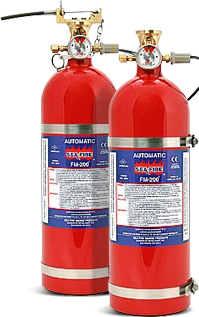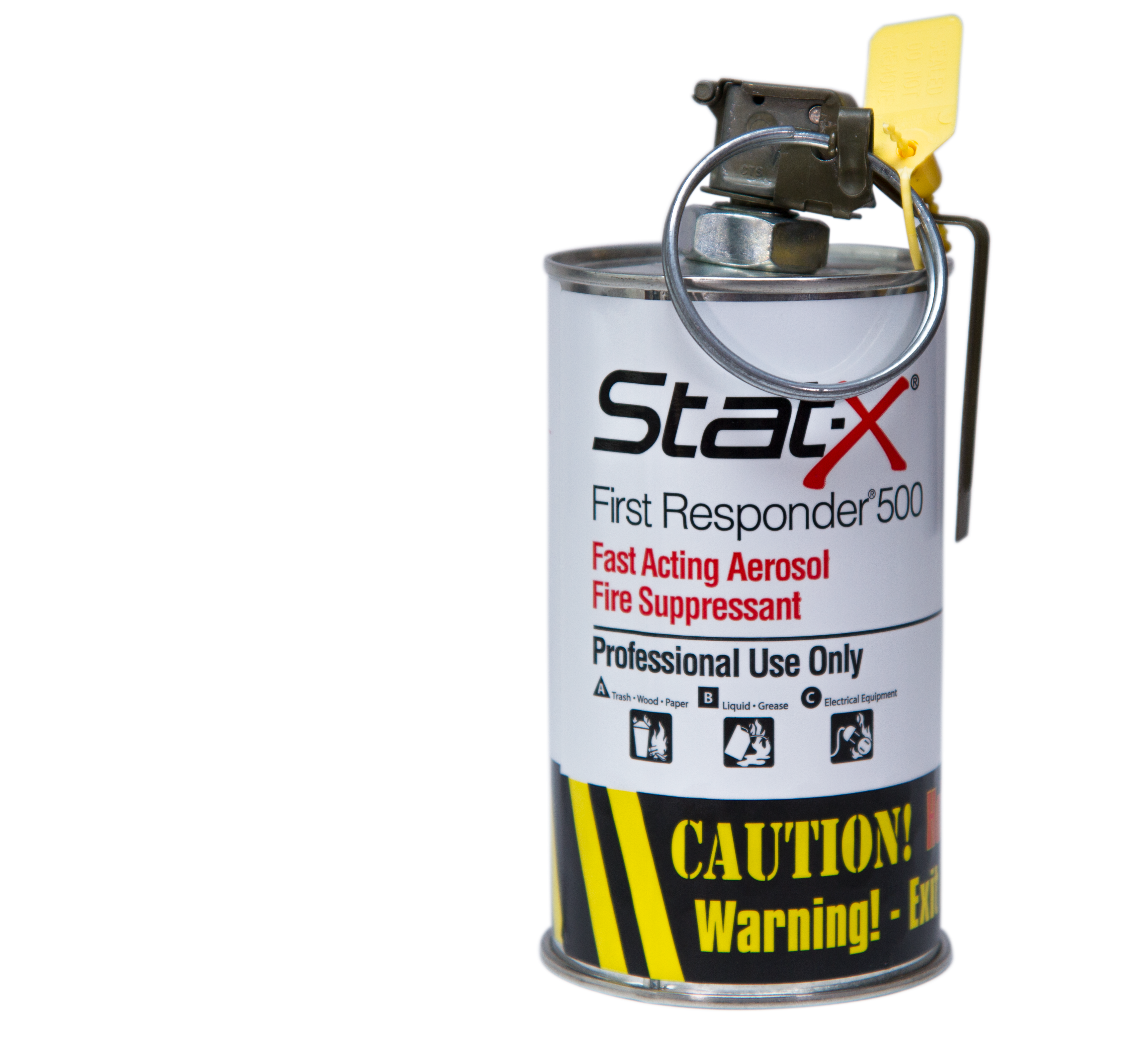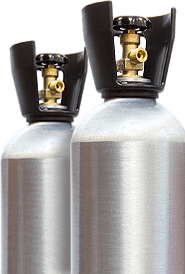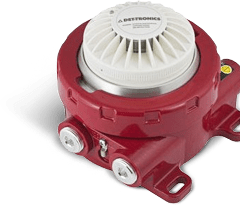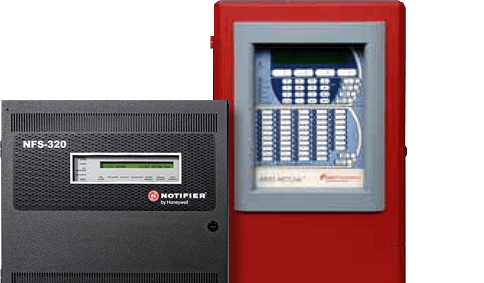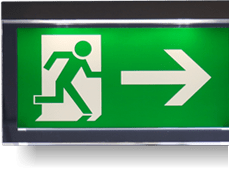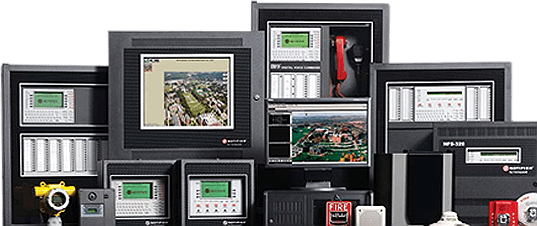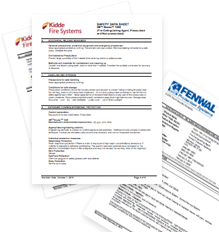When Fire Solutions Are the Problem: Preaction Systems Protect Server Rooms from Water
Traditional fire suppression methods can cause water damage in server rooms, leading to costly downtime. Preaction fire sprinkler systems provide a reliable solution, ensuring fire protection while minimizing the risk of accidental water discharge in sensitive environments.
Key Takeaways
- Preaction Fire Sprinkler Systems – Designed to prevent accidental water release, protecting IT infrastructure from unnecessary damage.
- How It Works – Uses a two-step activation process to ensure water is released only when necessary.
- Ideal for Server Rooms – Provides fire suppression while safeguarding electronics from water-related risks.
- Prevention of False Activations – Unlike traditional sprinklers, preaction systems require both heat detection and manual activation before water is discharged.
- Compliance & Reliability – Meets fire safety standards while reducing risks associated with water-based suppression systems.
The loss of data due to fire can enormously disrupt business continuity in a company. The presence of electricity (which is often the source of ignition) and materials that are easily combustible increases chances of a fire outbreak and risks the life of your employees as well as your costly business assets.
In fact, about 6.5% of data loss in server rooms relates to fire. The financial burden accompanied by such a tragedy is enormous. An average loss of $610,000 for a single downtime event is a strong possibility in the case of a blaze that is not quickly controlled. In computer server rooms, we cannot downplay the importance of modern fire protection equipment . The effects of the traditional fire protection systems such as a non-interlock water-based system can be just as devastating as the threat of fire.
Explore further
To avoid losing your data, incorporating an effective server room fire suppression system as well as crucial detection and alarm systems will go a long way to ensure safety for both your employees and the data in the server rooms. In the event of a fire outbreak, the fire detection system needs to appropriately trigger both the suppression system and a coordinated alarm to lead people out of the area and relay information to firefighters.
Employing a safe method for extinguishing fire while safely using water or an alternative goes a long way to protecting delicate electronic equipment as well as loss of irreplaceable data. That is where pre-action systems come into play. These are highly effective suppression systems that aim at controlling and protecting your computer server rooms from fire.
Question: How do preaction fire sprinkler systems protect server rooms?
Answer: Preaction fire sprinkler systems use a two-step activation process to prevent accidental water discharge. This ensures water is released only when a real fire is detected, minimizing water damage risks in sensitive environments like server rooms.
Pre-action: Interlock Systems
This equipment is placed at data centers with the sole purpose of preventing accidental water discharge onto the server racks and terminals. Pre-action interlock systems do not hold water in the distribution pipes attached to the sprinklers, but rather flood the pipes only when triggered by another part of the system. Interlock systems come in two classes: double and single interlock systems.
Single Interlock
Single interlock is so named because these systems only require one trigger to start the water flowing into the distribution pipes and sprinklers - the activation of the detection system. Because detection of smoke or heat takes place before water is introduced into the pipes, it cuts down on the potential for water damage caused by faulty pipes or defective sprinklers.
In addition, if a leak occurs in a pipe or a sprinkler is faulty, the suppression system will trigger a warning alert based on decreased air pressure - with a non-interlock system such a fault would trigger the sprinklers to activate, but the interlock system prevents this from happening and allows for the faulty equipment to be repaired or replaced. This also holds true for double interlock systems, which are similar with one notable exception:
People also search
Double Interlock
Double interlock systems are the same as single in that they do not keep the distribution pipes filled with water, but where the differ is that they take two signals to deploy the water to the pipes: both an alarm trigger and a sprinkler trigger. This adds an extra level of protection to your most delicate equipment, but may not be as suitable for heavily trafficked areas.
Both of these systems are effective at putting out fires - as long as they're the right fit for the space. Depending on the size and layout of your facility one system may be more effective than the other. Your best bet is to consult with a fire safety expert who can guide you through the process of selecting the best system to protect your sensitive data. For more information on suppression systems you can contact us for a free inspection and consultation on how to best fight fires in your facility.






